If you’ve been paying attention, you’ll know the main male character in By the Eye, By the Hand — Shep “Herd” Stanley — lives in the Kona Cloud Forest on the slopes of the dormant Hualālai volcano. Herd is a former building contractor turned artist who specialises in volcanic landscape paintings. His home in the book is an important part of who he is, so I was keen to experience the forest first-hand to see if I had captured it accurately and to make sure it worked as a backdrop to Herd’s persona.
On Wednesday, 15 November 2023, I was part of a three-hour tour of the private Sanctuary, which was founded by Norman Bezona, a tropical horticulture expert, as a project that began over 40 years ago in 1982.
So, what is a cloud forest?
Cloud forests make up less than 1% of all forested land around the world. One of them is the Kona Cloud Forest, a biodiverse ecosystem resulting from a unique microclimate unlike anywhere else in Hawaiʻi. The forest extends approximately 50 miles between 2,500 ft and 5,000 ft elevation on the slopes of Hualālai volcano. As opposed to tropical rainforests, which are typically at lower elevations and may receive twice the amount of rainfall or more, cloud forests receive much of their water from the condensation of the clouds onto the leaves, trunks and branches of the plants and trees. The Kona Cloud Forest plays an essential role in the Kaloko ahupua’a, replenishing the aquifer, purifying water, providing refuge to many native species, and supporting much of West Hawaiʻi.
The Kona Cloud Forest Sanctuary is collectively 70 acres: 15 of which is an intentionally reforested tropical cloud forest jungle and 55 of which is preserved old-growth native forest. The Sanctuary is committed to protecting and being a voice for this healthy, vibrant ecosystem, which is home to many spectacular trees, palms, bamboo and other plants from all over the world, including Rainbow Eucalyptus, Blue Marble Trees, Bunya Pines, several banyan species, coniferous redwoods, and about 200 species of palm and about 100 species of bamboo. As well as native and threatened plants and birds, including the ʻōhiʻa lehua, koa, loulu (Pritchardia palms), hapuʻu ferns, amaumau ferns, Hawaiian hawk (ʻio), pueo (Hawaiian short-eared owl), and honeycreepers, among many others.







And did it suit Herd’s character?
That would be a resounding YES!
I can hardly believe how perfect it is as Herd’s home. I did a lot of research online (YouTube videos and Google) to understand how the forest works, and while I’m confident in my abilities as a researcher, synthesiser of information and writer, experiencing the Kona Cloud Forest for myself — feeling it, smelling it, hearing it, seeing it, tasting it (there were edible berries, I didn’t just go around licking bark) — cemented everything I have already written in the draft manuscript, and has given me ideas on how to strengthen those parts of the books for the next round of edits and revision.
I had a chance to talk with the tour guide before the other participants arrived because I got there early. (Early became a habit of mine while I was on the Big Island. Early morning. Early nights.) We chatted about my book and how the Kona Cloud Forest was featured, and she was really interested when I explained the themes and why I had chosen the forest and how I wanted it to represent Herd’s character. Her excited responses and questions made me realise I’d made the right decision in setting his home in the forest — and this was even before the actual tour! At the end of the three hours, she checked in with me again about whether or not I thought it worked for the book, and I couldn’t temper my enthusiasm.
If you’re an author, how important to you are locations as extensions of your characters’ personalities?
Imogen visits the Kona Cloud Forest and Herd’s home for the first time in Chapter 14.
EXCERPT
It was almost six o’clock when we passed through Kailua-Kona. Herd turned off the highway and followed a long, steep, winding road that seemed to rise into the clouds. I lowered the window, and my nostrils were filled with the sweet and pungent scent of damp soil merged with cool, crisp mountain air. Flowering ʻōhiʻa trees, with their bright red blossoms, along with squat palms, and the unfurling fronds of hāpuʻu tree ferns, combined to create riotous bursts of greens along the road edge.
‘Where are we going?’ I asked.
‘Are you hungry?’
‘Starving!’
‘I can do grilled cheese on toast at home, or we can eat out or grab some takeaway.’
‘Grilled cheese sounds perfect.’
Herd stopped the Tundra in a carport on the left side of a timber and brick house that stood three levels high in a tangle of greenery. Terraced garden beds fell away from the dwelling for a short distance, taming the wild nature of the place for at least a few metres before giving way to a more native and natural style of garden that mimicked the roadside vegetation.
And then it hit me.
This is what Herd smelled like. The cloud forest. It permeated his skin and hair, his clothes and his breath. Fog and ferns. Mist and moss. Chilly yet tropical. Suddenly, I could understand his ambiguity. This place explained his ethereal yet earthly presence; how he carried himself almost weightlessly but was still firmly grounded; how he could paint anything from sight alone yet needed to feel his subjects to be true to his art; how he lived and breathed nature and creativity but still required financial security and validation.
Below is a photo gallery of a home that was for sale at the top of Kaloko Drive in the Kona Cloud Forest that served as inspiration for Herd’s home.
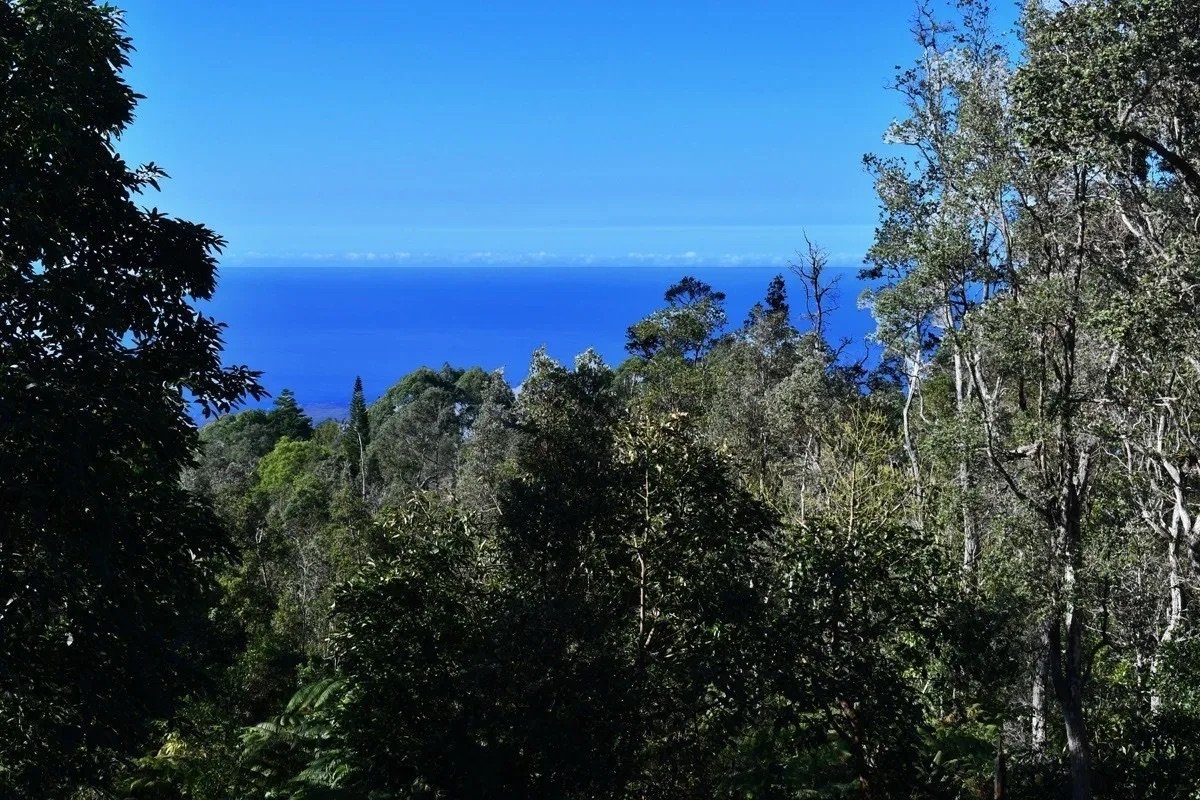
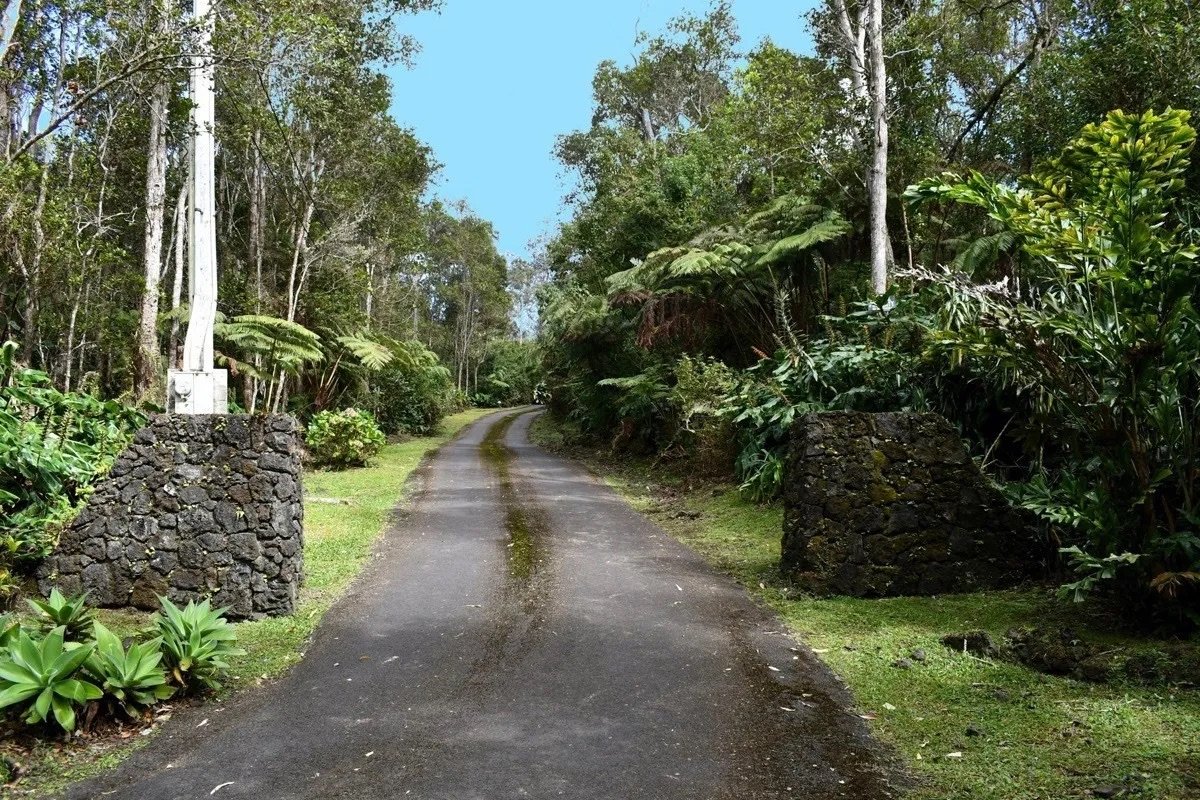
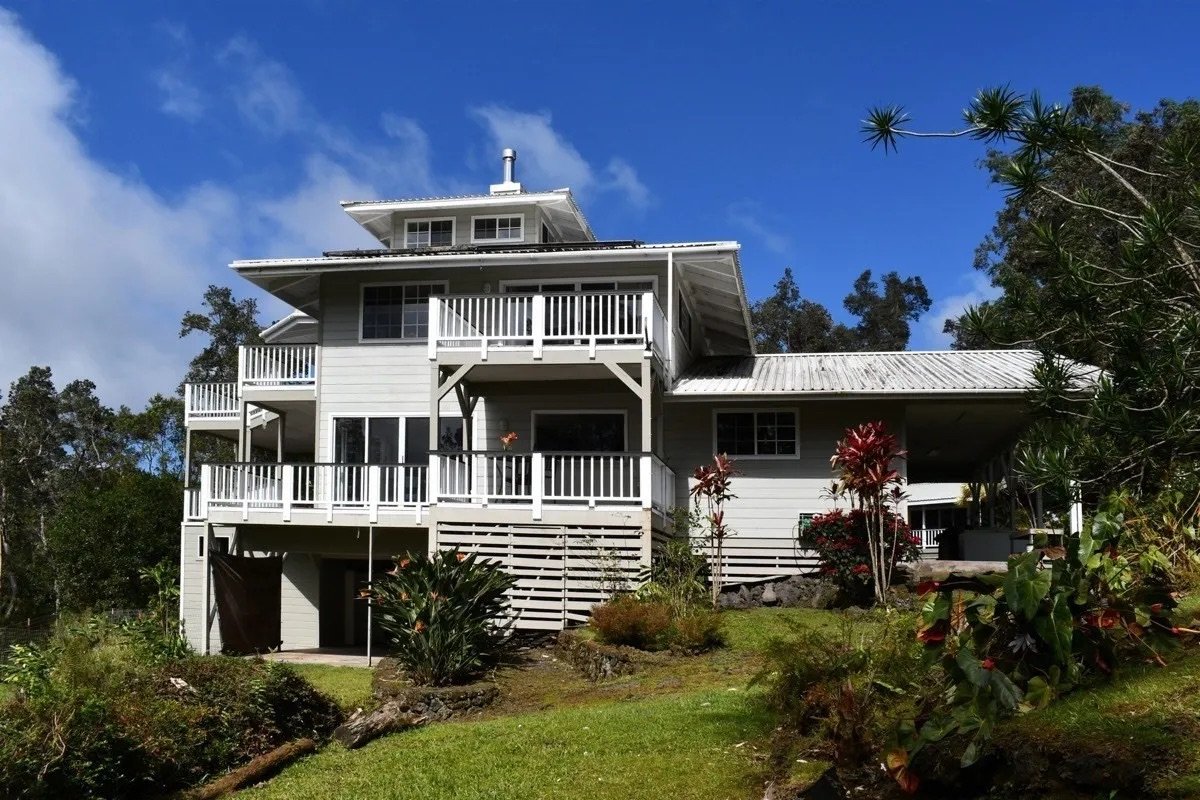
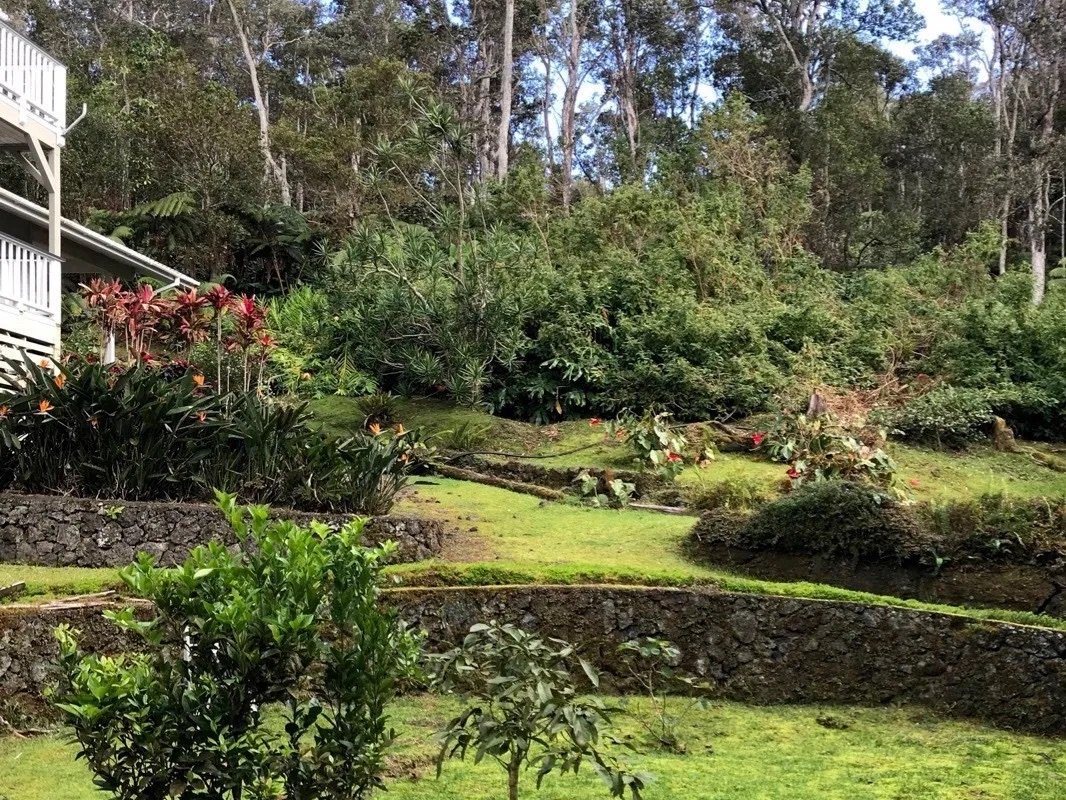
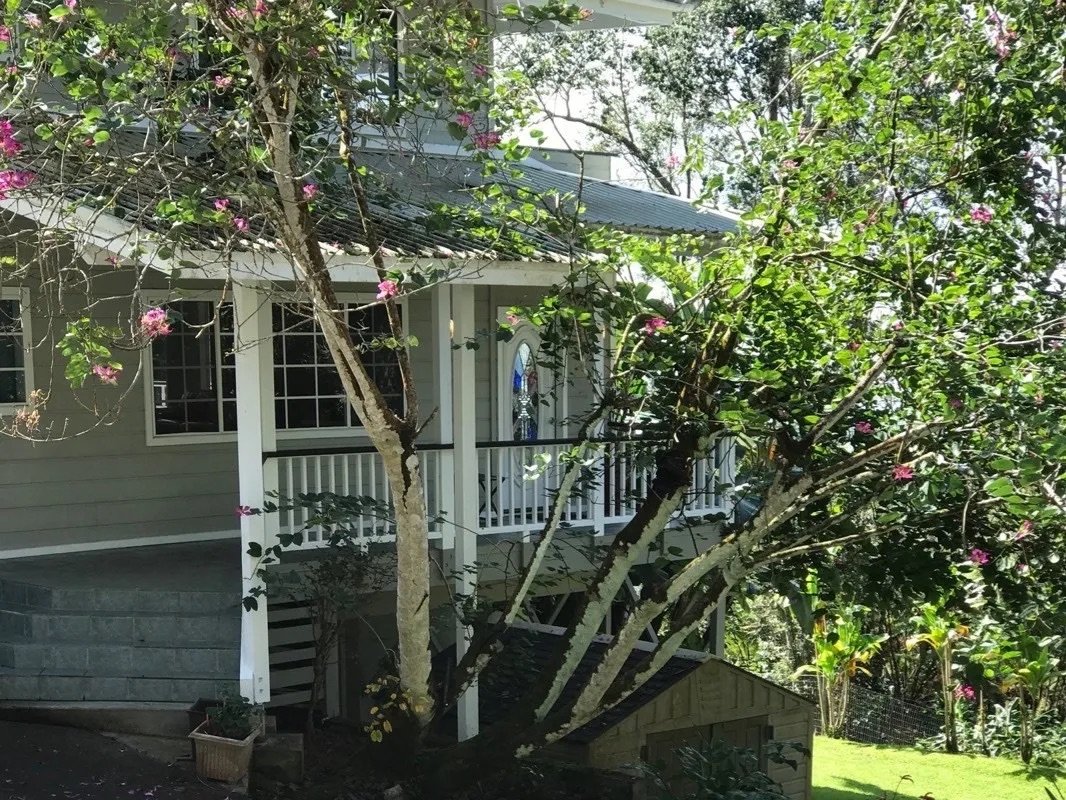
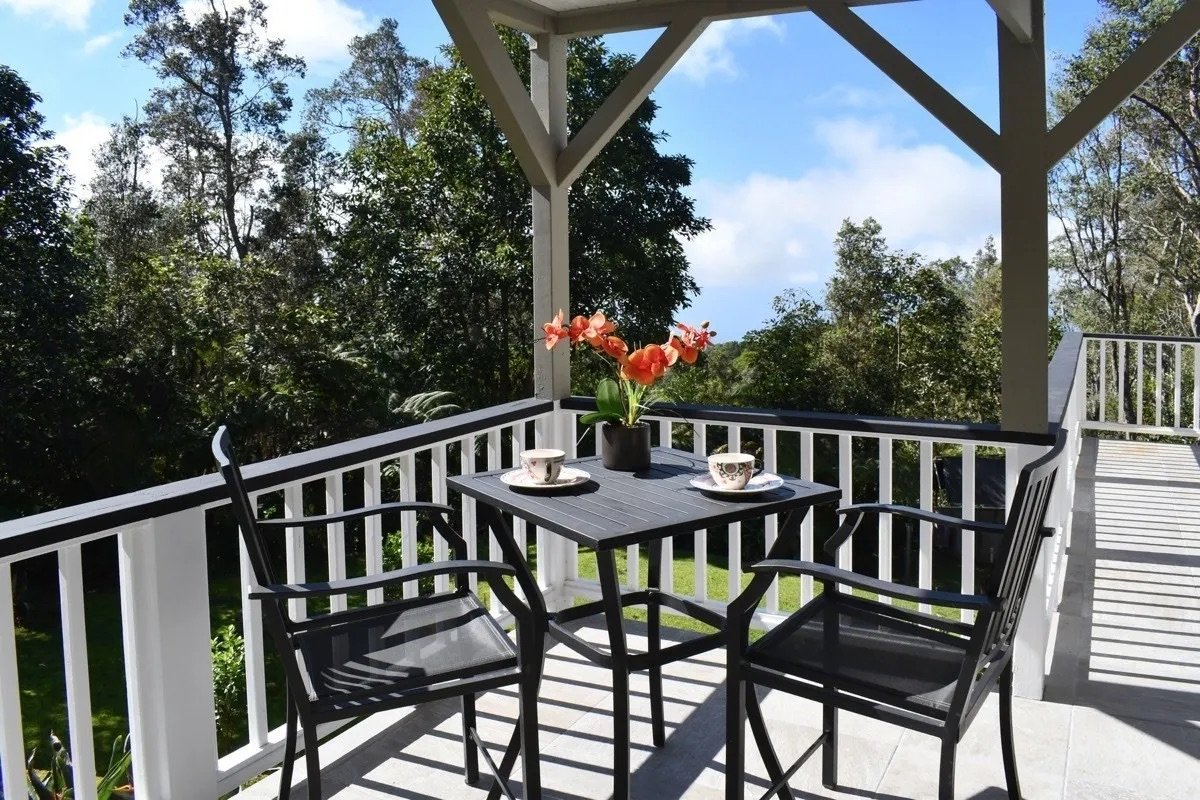
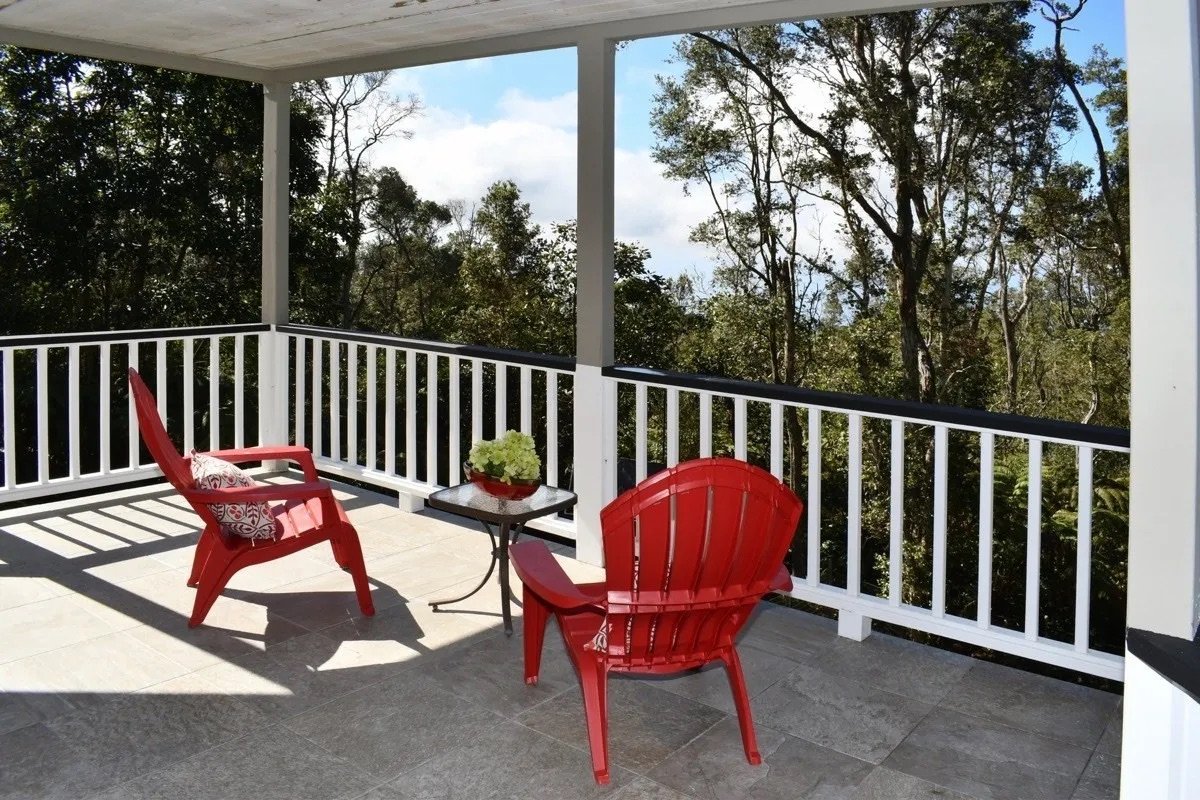
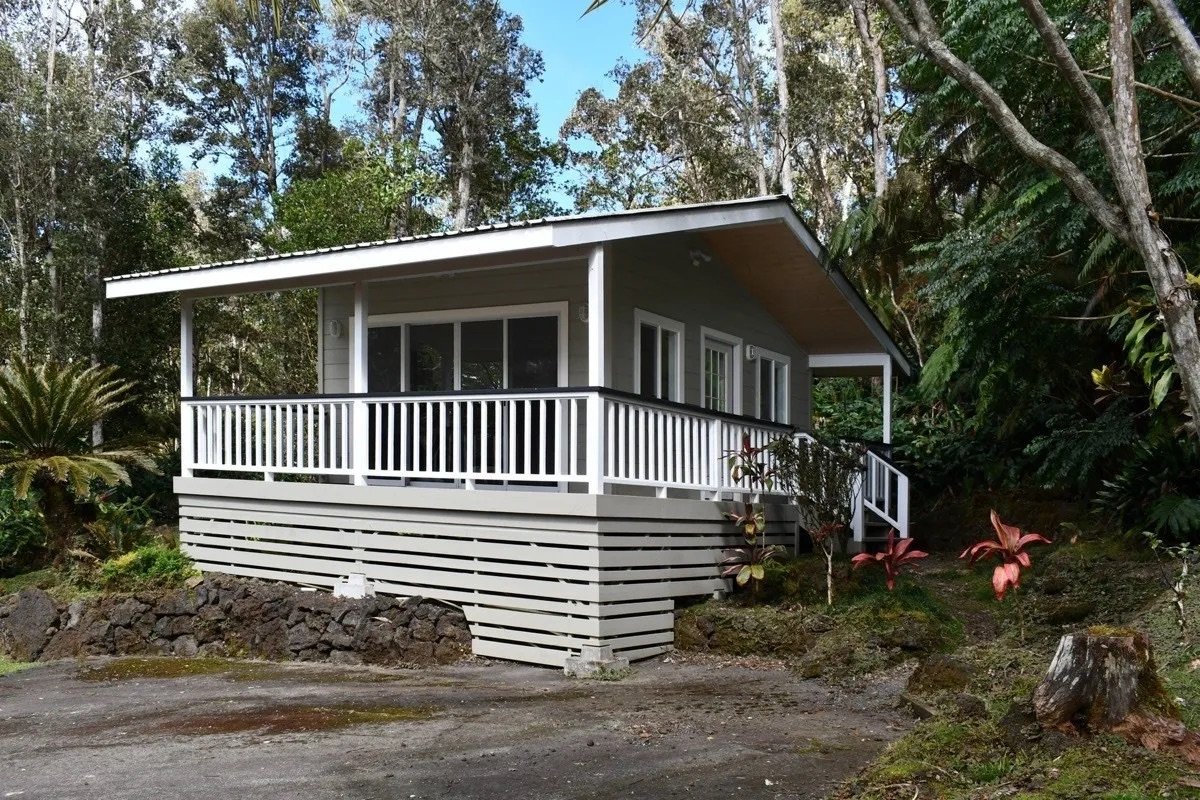
Mahalo for reading!
All my aloha,
Rebecca x

